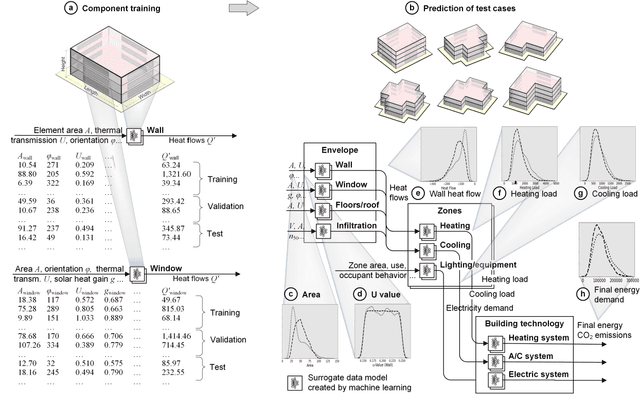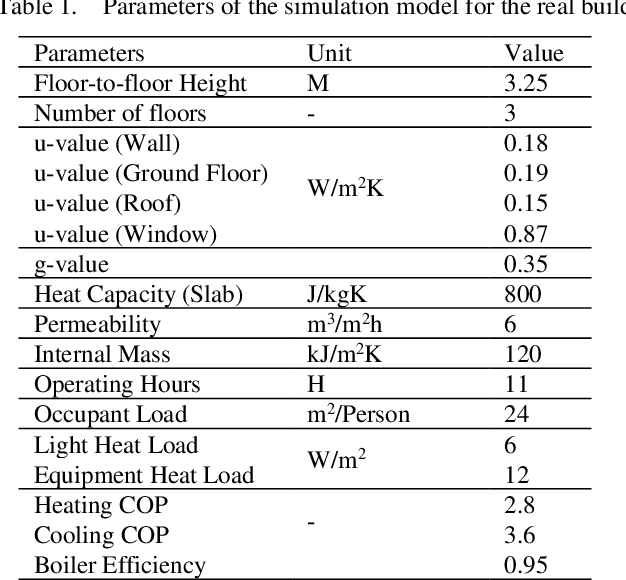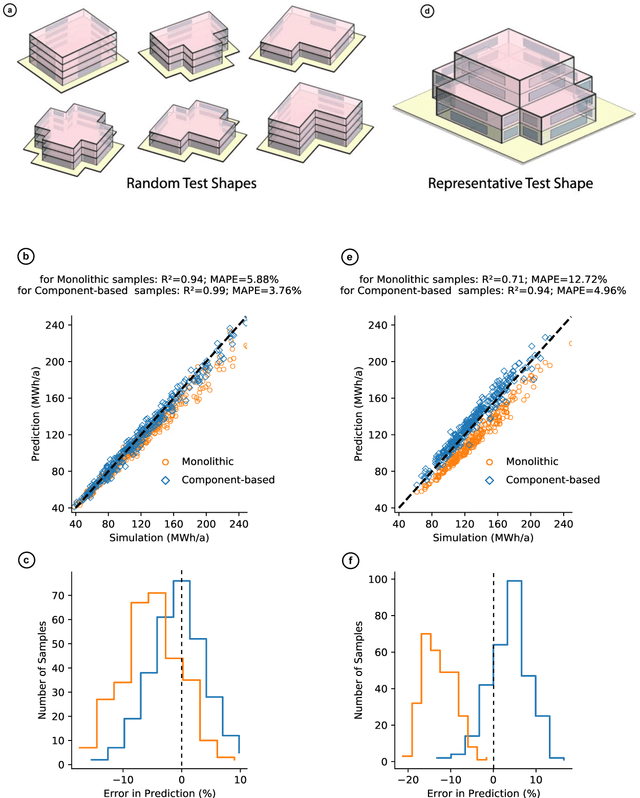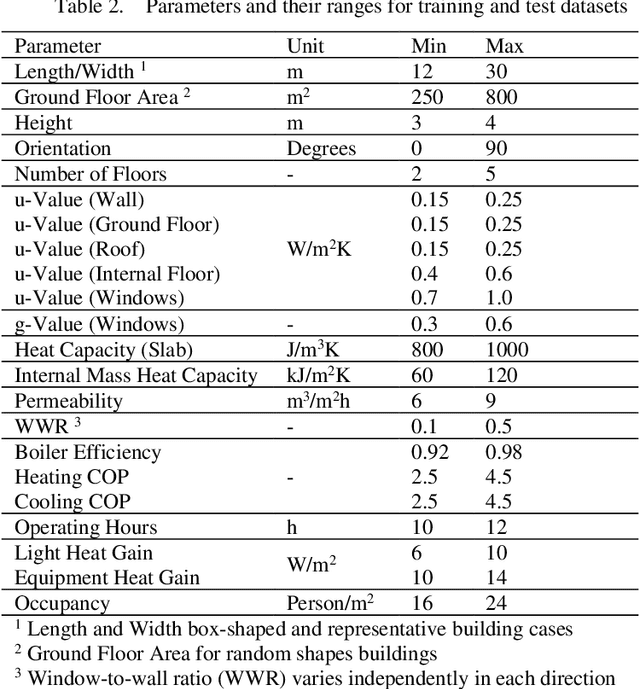Explainable AI for engineering design: A unified approach of systems engineering and component-based deep learning
Paper and Code
Aug 30, 2021



Data-driven models created by machine learning gain in importance in all fields of design and engineering. They have high potential to assists decision-makers in creating novel artefacts with a better performance and sustainability. However, limited generalization and the black-box nature of these models induce limited explainability and reusability. These drawbacks provide significant barriers retarding adoption in engineering design. To overcome this situation, we propose a component-based approach to create partial component models by machine learning (ML). This component-based approach aligns deep learning to systems engineering (SE). By means of the example of energy efficient building design, we first demonstrate generalization of the component-based method by accurately predicting the performance of designs with random structure different from training data. Second, we illustrate explainability by local sampling, sensitivity information and rules derived from low-depth decision trees and by evaluating this information from an engineering design perspective. The key for explainability is that activations at interfaces between the components are interpretable engineering quantities. In this way, the hierarchical component system forms a deep neural network (DNN) that directly integrates information for engineering explainability. The large range of possible configurations in composing components allows the examination of novel unseen design cases with understandable data-driven models. The matching of parameter ranges of components by similar probability distribution produces reusable, well-generalizing, and trustworthy models. The approach adapts the model structure to engineering methods of systems engineering and domain knowledge.
 Add to Chrome
Add to Chrome Add to Firefox
Add to Firefox Add to Edge
Add to Edge